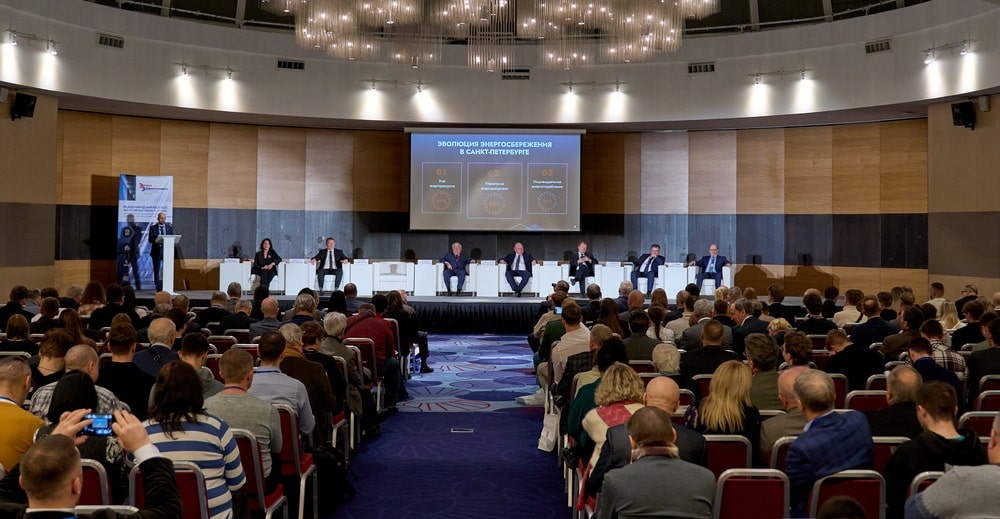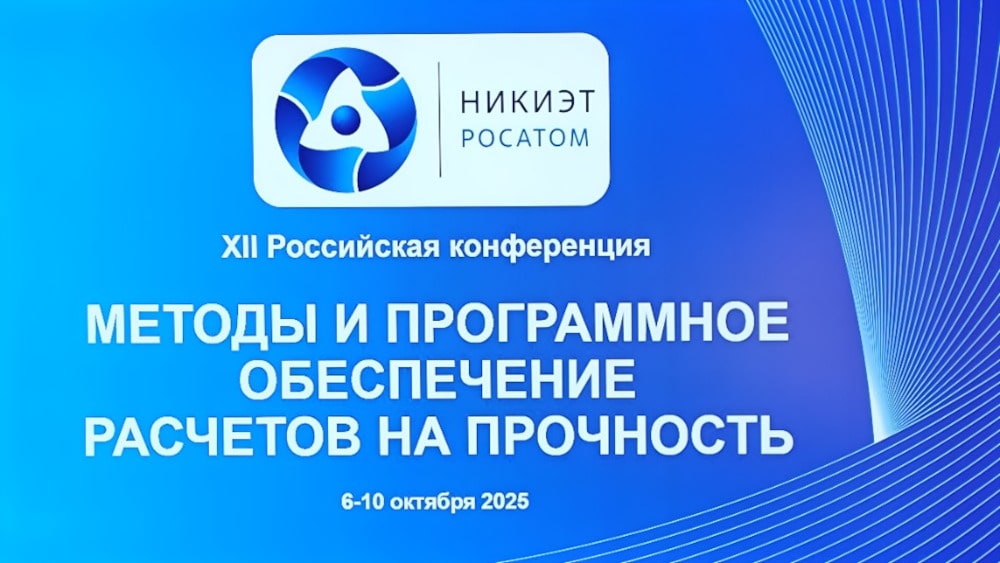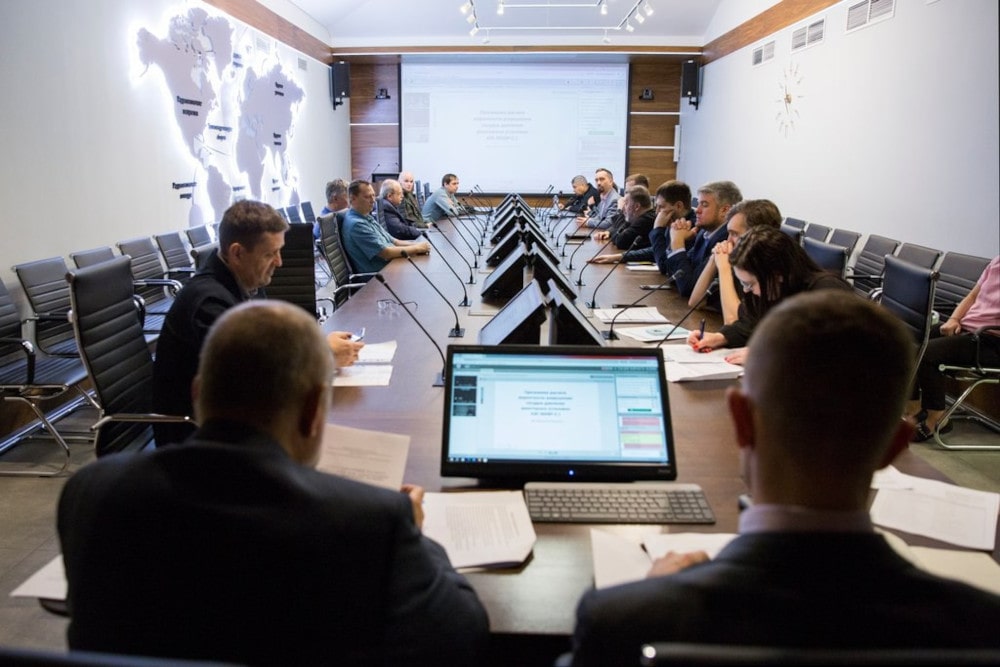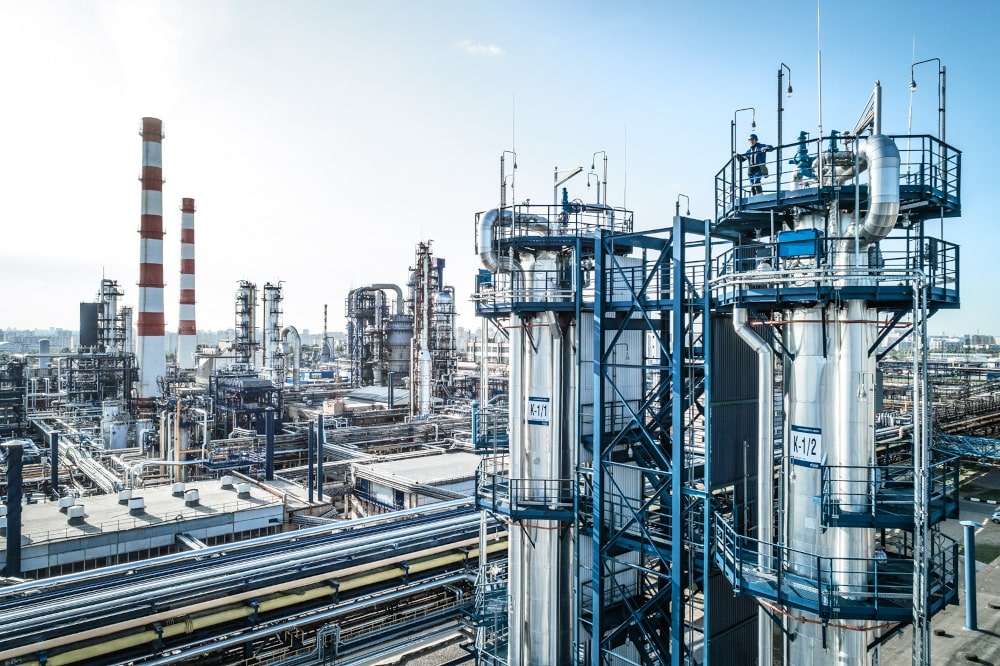Journal "Fusion Engineering and Design"
DOI:https://doi.org/10.1016/j.fusengdes.2015.06.140
Authors: V. Tanchuk, S. Grigoriev, V. Lokiev, A. Roshal, D. Mikhaluk, I. Kapranov
The superconducting magnets of the ITER are capable of accumulating up to 50 GJ. In case of coil quench the energy stored in the coils must be extracted rapidly. The problem can be solved by the Fast Discharge Resistors (FDR) under development at the Efremov Institute. The fast discharge of the coils results in practically adiabatic heating of the resistive elements up to 250 °C. The resistors should be cooled to their initial temperature within a reasonable time (4–6 h). With this in mind, the authors have designed the cooling system based on natural air circulation. When performing the numerical analysis of the cooling process, the authors have faced the problem of the essential non-uniformity of air flow distribution in parallel channels, which considerably increases the cooling time. Thus, while the cooling time does not exceed 3 h for a single FDR module, it exceeds 10 h for several modules. The numerical studies performed over the last few years have allowed the authors to propose a number of measures to optimize the air cooling system so as to mitigate the negative effect of the air flow non-uniformity in the FDR cooling system.
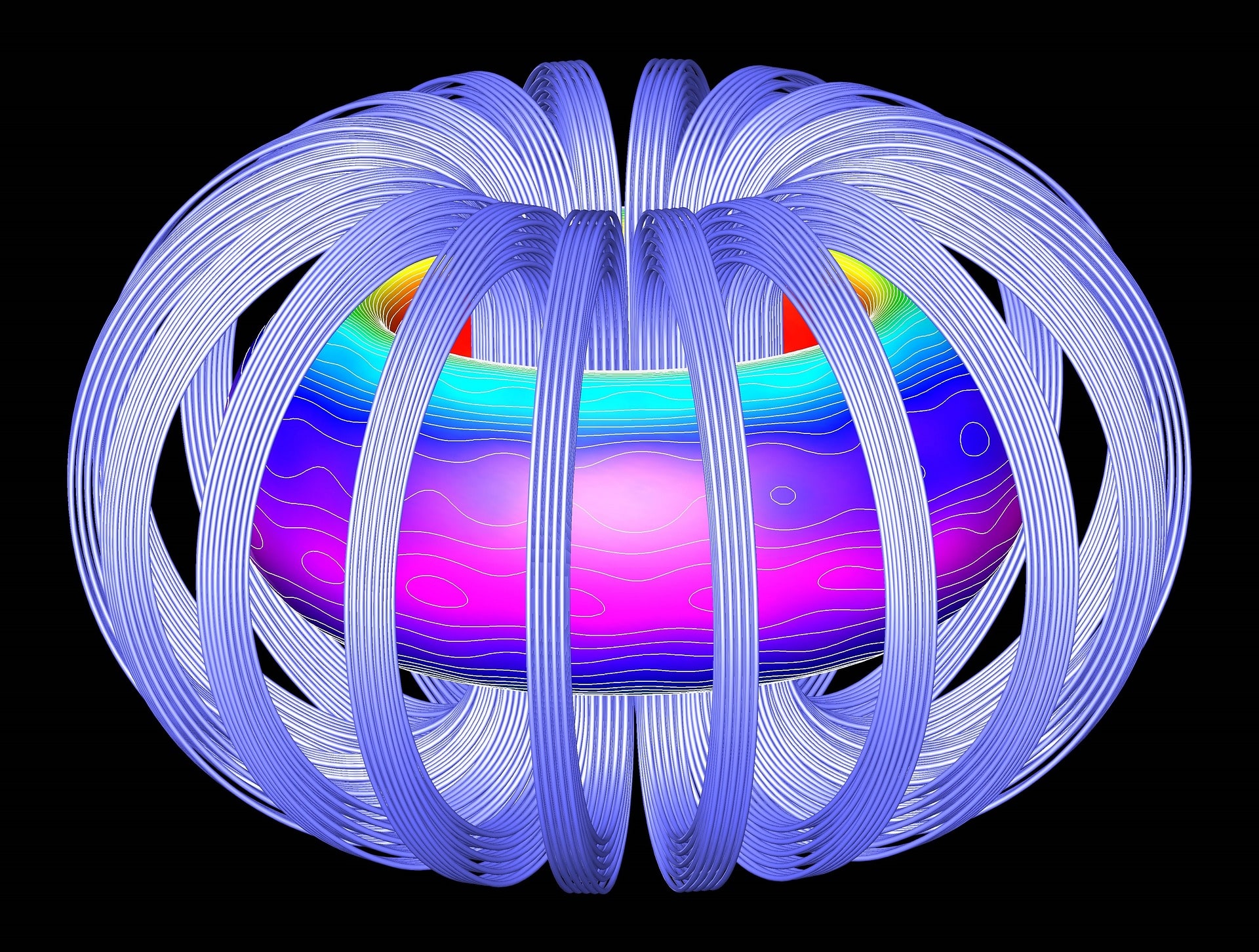
.png)
